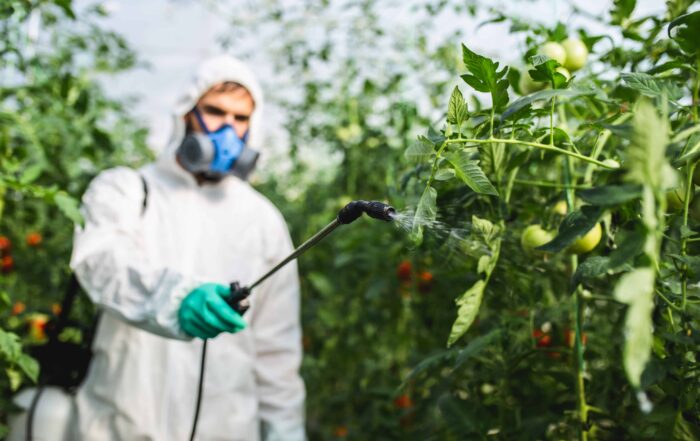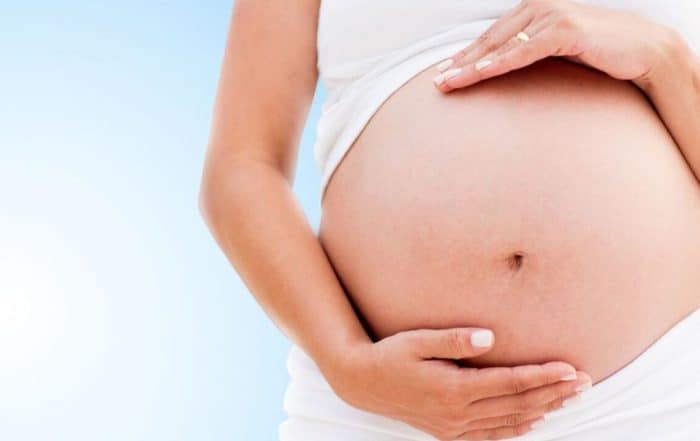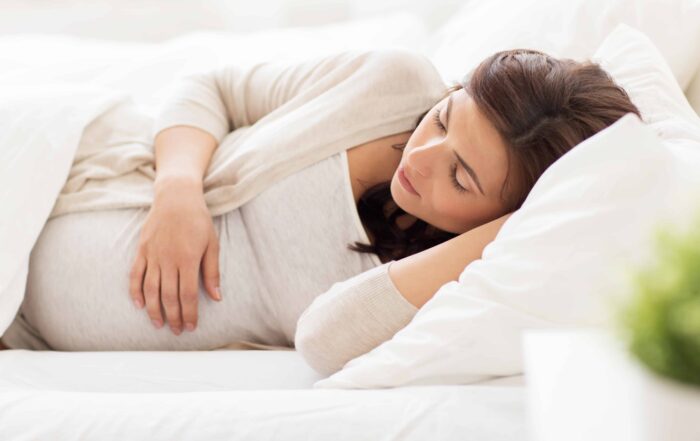Judy Van de Water, Ph.D., discusses current machine learning research used to identify several patterns of maternal autoantibodies associated with the diagnosis and severity of autism. She outlines the history of autoantibody research related to autism, defines a new subtype, and details animal model development. Van de Water discusses commonalities across presented models and findings, highlighting the potential for biomarkers and preclinical studies. She summarizes significant findings and research themes before opening the question and answer session.
In this webinar:
1:05 – New way of looking at autism
2:55 – Goals of autism research
4:17 – Maternal Autoantibody Related Autism (MAR-ASD)
6:35 – Initial studies and findings
9:29 – MAR target proteins
13:24 – ADOS and SCQ
15:05 – Modifiable risk factors
16:03 – Pathogenic autoantibodies
17:05 – Passive transfer models
19:35 – Rhesus Monkeys – atypical social development and brain volume
20:57 – Maternal autoantibody model
21:00 – MAR antibodies localize in the brain
23:38 – MAR antibodies taken up into developing neurons
26:03 – Golgi strain of mature neurons
27:25 – Development of rodent model
31:32 – Clarity imaging of MAR-ASD offspring
33:43 – Video: decreased sociability in juvenile MAR-ASD mice
36:10 – Voice prints of MAR-ASD male mice
37:40 – Development of preclinical rat model
40:25 – Video: rat behavior
42:00 – Commonalities across models
42:35 – Conclusions
45:05 – Q&A
Summary
Over the last two decades, autism researchers have shifted focus to studying immune systems and their role in autism and development (1:05). Van de Water outlines Maternal Autoantibody Related Autism (MAR-ASD), a new subtype characterized by the maternal transfer of autoantibodies to the gestational immune environment (4:30). Autoantibodies are antibodies that mistakenly bind to self-proteins instead of foreign bodies (2:00). In MAR-ASD, autoantibodies cross the placenta and bind to targets in the developing brain, changing neuronal development. MAR-ASD cases make up 18-26% of autism diagnoses, and individuals in this subgroup have more severe behaviors, pronounced stereotypy, and significantly larger brain volume (6:11).
Van de Water outlines the initial findings of a subset of mothers who produced anti-brain antibodies and have children with autism (7:00). She lists subsequent studies relating autoantibodies to autism behavior, genetics, animal models, and more (6:35). Eight MAR target proteins have been identified (9:25) as potential biomarkers associated with autism (100% accuracy) (12:55). Studies have also found that MAR+ children score significantly higher on the ADOS and SCQ compared to MAR- groups (13:24). Specifically, when the CRMP1 autoantibody is present, ADOS severity increases by 2.3 points. The speaker lists modifiable risk factors for mothers (15:05) and outlines her research approach to assessing whether these autoantibodies are pathogenic (16:00).
She describes Passive Transfer models where human IgG reactive to target proteins are injected into an animal during pregnancy (17:04). A Rhesus Monkey study (17:18) found mothers to be overprotective, and offspring showed evidence of impaired social behaviors (18:10). The same study revealed that monkeys with MAR antibodies (LDH, STIP1, CRMP1) had larger brains (20:30). These findings replicate a previous brain volume study on human children with MAR-ASD (20:57), suggesting that these antibodies have some physiologic effect on brain development.
A passive transfer rodent model of MAR-ASD found that autoantibodies localize to the brain during gestation and up to 12 hours after birth (21:00). Van de Water outlines similar findings that show MAR antibodies taken up into developing neurons (23:38) and change the way neurons mature (26:03). She describes the development of a MAR autism rodent model using active immunization before breeding (27:05) and discusses the lack of behavioral differences between males and females and the revealed relationship between brain size and severity of behaviors (29:00). A clarity imaging (3-D) study of postnatal mice brains found autoantibodies bound to target proteins inside dividing cells (31:32).
The speaker presents video studies showing decreased sociability in juvenile MAR-ASD mice offspring compared to stimulus mice (33:43) and highlights the fact that these antibodies are causing differences in brain development and pathology (35:26). Similarly, MAR-ASD male mice recorded significantly smaller voice prints when first exposed to estrus (ready to breed) females compared to the control (36:10). Comparable studies conducted with rats (37:40) reported the same outcomes for social interaction, increased repetitive behaviors, and reduced vocalization (38:50). Dr. Van de Water highlights commonalities across the models presented (42:00) and summarizes the main findings (42:35).
She emphasizes that gestational immune dysregulation may be an underlying mechanism linked to infections during pregnancy and that humans, mice, monkeys, and rats exposed to MAR autoantibodies all have enlarged brains. The presenter notes that rodent MAR-ASD models capture all three domains of autism (social, communication, and repetitive behavior) and that autoantibodies have structural effects on neurodevelopment and cerebral volume. Van de Water closes with a Q & A session where she discusses details of current studies and more (45:05).
About the speaker:
Take the knowledge quiz
Can’t see the quiz below? Take it online HERE
New research points to alterations in BPA excretion pathway in children with autism, ADHD
Children with autism spectrum disorders (ASD) may have a reduced ability to detoxify the chemical bisphenol A (BPA), according to new research. BPA is an industrial “plasticizer” used in plastic water bottles, food
Animal study adds to evidence of link between pyrethroids and autism
A new animal study adds to evidence that prenatal exposure to common insecticides called pyrethroids may increase the likelihood of a child developing autism or another neurodevelopmental disorder. Melissa Curtis and colleagues,
Prenatal exposure to cannabis may increase likelihood of autism
Cannabis use during pregnancy may alter placental and fetal DNA methylation (the process of turning genes “on” and “off”) in ways that increase the likelihood of autism spectrum disorder (ASD) or other
Gestational Influences and Autism
Dr. Judy Van de Water, Ph.D., explores the role of gestational factors in the development of autism. She explains how maternal immune activation, antibody patterns, and immune markers play significant roles in neurodevelopment
Could treating moms’ periodontal disease lower odds of autism?
Mothers who receive periodontal treatment during pregnancy may reduce the odds of their children developing autism spectrum disorders (ASD), according to a new study. Carl Bose and colleagues collected data on 306
Two studies indicate that autoantibodies in maternal blood may provide diagnostic clues in autism
Certain patterns of proteins in the blood of pregnant women may help to predict one type of autism spectrum disorder (ASD) in children, according to two new studies. Both studies focused on








